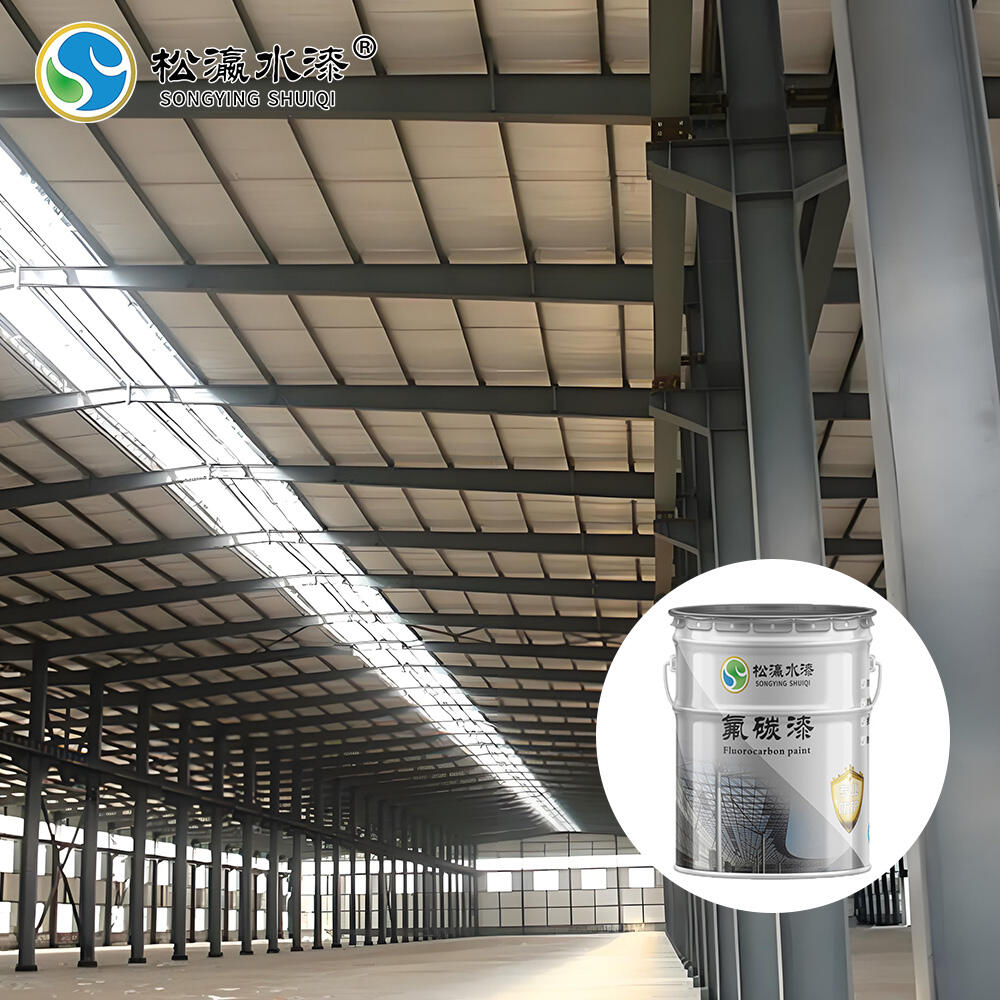Oganjno barva: Ključni korak pri izgradnji lastnine, prijazne zavarovanju.
Kako oganjna barva zmanjšuje premije za zavarovanje
Razumevanje računanja tveganj v zavarovalni industriji
Za določitev premij ocenjujejo zavarovalne družbe tveganje, upoštevajo material lastnine, lokacijo in zgodovino požarov. Lastnine, izdelane iz požarno odupnih materialov, kot so tisti, obdelani s posebnimi omarami, znatno zmanjšajo verjetnost resnih škod med požarskim dogodkom. To zmanjšano tveganje se prevede v nižje zavarovalne premije. Statistično gledano lahko lastnine z poudarjenimi požarno odupnimi lastnostmi prejmejo zmanjšanje zavarovalnih premij do 20 %. S proaktivnim zmanjševanjem požarnih tveganj si lastniški ne le zaščitijo svoje lastnine, ampak finančno koristijo tudi z nižjimi stroški zavarovanja skozi čas.
Vpliv požarno odupne barve na oceno varnosti gradbene strukture
Ocena strukturne varnosti igra ključno vlogo pri ocenjevanju zavarovanja, kar lahko neposredno vpliva na omejitve pokritja. Uporaba požarno odupljivih materialov, kot so specializirane barve, pozitivno vpliva na varnostno oceno stavbe. Te barve povečajo trajnost strukture, saj počasnejejo poškodbe od požara in ohranijo celovitost stavbe. Boljše ocene strukturne varnosti lahko pripeljejo do nižjih stroškov zavarovanja, saj zavarovalnice opazujejo zavarovano lastnost kot manj tvegasta. Uporaba požarno odupljive barve je strategična naložba, ki poveča odpornost stavbe, hkrati pa lahko zmanjša stroške zavarovanja, s čimer ponuja lastnikom lastnine dvojni koristi varnosti in štednje.
Intumescenčna tehnologija v sodobni zaščiti pred požarjem
Nadutne ometave so temelj sodobne tehnologije zaščite pred požarjem. Ko so izpostavljene visokim temperaturam, se te ometave razširijo in oblikujejo izolacijsko slivasto plast, ki zaščitijo podlago materialov pred plamom in ekstremnimi temperaturami. Ta tehnologija je široko uporabljena v različnih poslovnih okoljih, vključno z gradbeništvo in proizvodnjo, kjer je ključno slediti uredbi o varnosti pred požarjem pri gradnji. S vgradnjo nadutnih ometav lahko zgrade znatno povečajo svojo odpornost med požarnimi incidenti, zmanjšajojo možne škode in zagotavljajo ustreznost standardom varnosti pred požarjem.
Zahtevki trajnostnosti za poslovne uporabe
Trajnost je ključni zahtev za požarno oduporno oblačilo, predvsem v poslovni uporabi. Ta oblačila morajo izdržati različne okoljske dejavnike, kot so vlaga in spremembe temperature, da ohranijo svoje zaščitne lastnosti. Industrijski standardi določujejo teste trajnosti, da se zagotovi učinkovitost teh oblačil skozi čas, zmanjšajoče frekvenco održavanja in ponovne uporabe. S prehodom teh testov lahko požarno oduporna oblačila zagotavljajo dolgoročno zaščito, prikazujejo pa tudi svojo zanesljivost v varstvu poslovnih stavb pred požarnimi tveganji.
Najboljše rešitve požarno odupornega barvanja za pomoč pri zavarovanju
Epoksno podlago oblačilo: Vodna baza sistema za požarno obrambo
Epoksi podne ojačitve ponujajo trdno in zanesljivo požarno oduporno plast, zaradi česar so sestavni del vsakega popolnega sistema zaščite pred požarjem. Te ojačitve so posebej primerna za območja z visokim prometom zaradi preproste uporabe in vzdrževanja. Njihova trajnost zagotavlja, da izdržejo tričenje in priskrbi varnost ter dolgotrajnost površinam, ki jih pokrivajo. Poleg povečave varnosti podlag so uporaba epoksidnih ojačitv pogosto priznana pojiščevalniki kot proaktivna varnostna merila. To priznanje lahko vodi do popustov na pojiščnine, kar jo dela stroškovno učinkovito naložbo. S implementacijo takšnih naprednih rešitev zaščite pred požarjem lahko podjetja ne le povečajo zaščito pred požarjem, ampak si tudi ogledajo finančne štede v obliki nižjih pojiščnin.
Epoksidna železobogata barva: zaščitna korozija
Epoxy zinčno-bogata barva se izjemajo za svojo edinstveno kombinacijo korozijskega in požarnega varstva, kar jo dela zlasti primereno za različne industrijske uporabe. Ta večstranska barva odlično prilega širokemu obsegu podlag, zagotavljajoč dolgoročno zaščito pred korozijskimi elementi in požarnimi tveganji. Industrije, ki so vključile uporabo epoxy zinčno-bogatih barv, pogosto poročajo o zmanjšanju pojavitev zahtev za zavarovanje v zvezi s požarskimi incidenti, kot potrjujejo več primerov študij. Ponudniki zavarovanj glede na uporabo takšnih učinkovitih oblog vidijo to kot proaktivni pristop k zmanjšanju tveganj, kar je pogosto nagradjen z nižjimi premijami za zavarovanje. S investicijo v epoxy zinčno-bogato barvo lahko podjetja izkoristijo bolj varno okolje in potencialno zmanjšane stroške zavarovanja.

 EN
EN









































